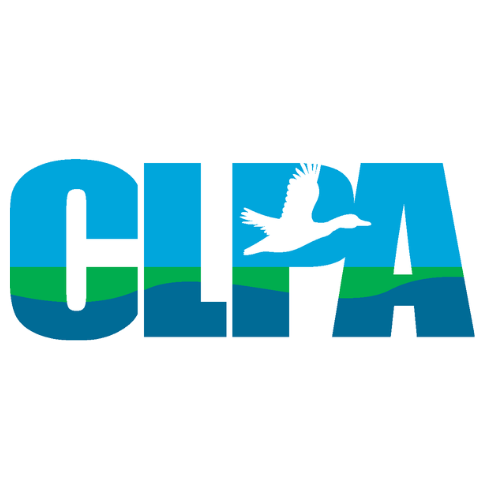Tracking Chloride (Salt) Levels in Canobie Lake
The level of chloride in Canobie Lake continues to climb. Earlier this year the New Hampshire Department of Environmental Services "mapped" the lake to test for the level of chloride. This is the third year in a row they have done so and over this period the DES has confirmed the rise. As you may recall, last year our Association tested 6 different locations twice a month and also tested some tributaries to try to identify sources. Unfortunately, no significant sources from tributaries were identified while the testing of the six locations in the lake showed elevated levels. One theory is the source of the chloride rise is due to groundwater although that is not verified. Currently, the level of chloride is at 100mg/liter, which is about double where it was just five years ago. Per the federal standards, when chloride levels reach 230mg/liter, that is when chloride is harmful to both vegetation and wildlife. So the good news is the lake is well below the "trouble" level of 230mg/liter but the continual rise is concerning We will continue to test the six spots this year but do so monthly. More important, we will step up our efforts to get the state, towns and commercial entities to lessen the use of chloride to treat snow and ice. This is very important as treating of roads and parking lots accounts for over 75% of the total chloride consumption. To follow the history since 2013 of how the CLPA has been working on the “New Directive” to monitor and work toward reducing the use of salt in the watershed please read the articles in the newsletters from the following dates:
Sept 2013 “A New Directive for CLPA”
May 2014 “Our “New Directive” – Salt (Chloride) reduction and monitoring initiative”
May 2016 “Tracking Chloride (Salt) Levels in Canobie Lake”
June 2016 “Tracking Chloride (Salt) Levels in Canobie Lake”

